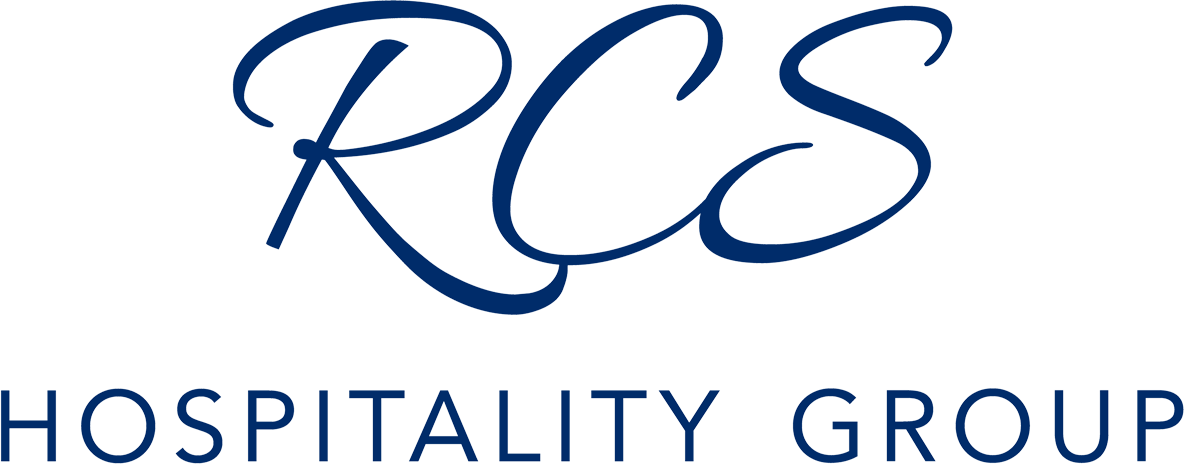You may recall that at the beginning of the year we celebrated our 20th anniversary and discussed how the workplace and club industry has changed in the past 20 years. It’s no secret that the office landscape is changing and here are a few ways that the office landscape is changing for 2020 and years beyond.

The remote workforce is not a new trend; in fact a 2018 study found that over 70% of professionals reported that they occasionally work remotely. The remote workforce has been beneficial for both employees and companies by providing more work flexibility and productivity. Flexible work environments are more becoming the norm, with studies pointing to 67% of small businesses reporting offering flexible work arrangements and 73% of employees stating the their company’s level of flexibility directly impacts their level of satisfaction at work.
Remote working in the employment landscape is monumental because it changes the way that employers and employees interact and presents new challenges for managers-- burnout and loneliness being two that present themselves most frequently. To prevent burnout, it’s important that managers are going beyond project updates and work-related conversations. Without the benefit of face-to-face interaction, it’s important that managers are able to have a clear process for checking in with employees and being aware of the signs that an employee may becoming burnt out. Combatting loneliness is a slightly easier challenge to address by building in face to face time with employees—whether in person or through video chat.

A true testament to the power of a remote workforce is our team at RCS—we are fully remote and spread across the country. Our entire team is rarely in the same place at the same time, but when we are, colleagues marvel at the fact that we are so comfortable and work so seamlessly together—it is all thanks to the time we spend “together” as a team on weekly team calls, video chats and project meetings. We have long had what we call a ‘catch up call’ that serves much like a staff meeting in an office – but we do it remotely. We can see each other, share our computer screens to show each other a spreadsheet, do some training, or post questions in the ‘chat’ section of the video call. For those who cannot be there, we record the calls, so everyone is kept in the loop. Much like an office, we use an agenda and take meeting notes outlining action items, which is immediately disseminated to the team.
Soft Skills are What Sets you Apart
In a highly connected world, soft skills are the hardest proficiencies for technology to replace. As the world moves towards using technology to streamline and automate tasks, it is the soft skills that preserve the human touch of your business. Examples of soft skills include emotional intelligence, adaptability, public speaking, writing and other skills related to team management and employee development. Soft skills are what makes an employee relatable to both customers and managers. Have you ever met someone for the first time who you feel like you have known for years after talking to them for five minutes? Chances are, they have high emotional intelligence and have tapped into ways of making the person to whom they are speaking feel special. These skills are irreplaceable and translate into strong leadership abilities (Link to Blog post about Leadership Qualities).
It is easy to hone your soft skills such as emotional intelligence through taking initiative, make listening intently a habit, and effectively communicate with peers and superiors – in writing, on the phone and in person. (Link to Personal Strategic Plan blog post). Perhaps 2020 is the year you perfect your communication skills. If you are a manager, perhaps 2020 is the year you implement strategies to stay connected to your employees to help motivate them, prevent burnout and foster a strong organizational culture.

The Role of Recruitment and Retention is Changing
As expected, thanks to the rise of the remote workplace and an increased value placed on soft skills, the role of a recruiter and Human Resources (HR) Manager is changing. Video interviews are taking the place of written pre-screening questionnaires and employers are leveraging technology to verify that a candidate is solid before scheduling a full interview. A thoughtful, in-person interview can be time-consuming and verifying the candidate is high-quality by using technology is key for managers or HR managers who are wearing many different hats. As managers have less and less time to recruit and hire, especially with a shrinking labor market and turnover rates, many companies are going a step further and collaborating with outside groups who provide expert recruiting assistance in order to alleviate the pressure placed on busy managers to recruit, hire, train
Technology is re-shaping the landscape of the workplace due to compliance requirements. Many states now require managers and employees to engage in anti-harassment or diversity training. Busy managers and employees are finding themselves turning to the world of virtual training to complete anti-harassment training. Thanks to virtual training, employees and managers can complete their training at their pace and on their schedule. Virtual training is a game changer as compliance certification can then be worked seamlessly into onboarding procedures and ongoing management development. Employee continuing education can be completed when convenient or when there is a lull in business levels, making their downtime productive.
While many managers in the club industry/hospitality workplace don’t necessarily have the opportunity to work remotely, they still desire a bit more flexibility than their predecessors. Some forward-thinking managers have found a way to implement four – 12-hour day workweeks, allowing for a bit of extra time off. Of course, a schedule like this requires a paradigm shift from how we’ve thought for the past 3 – 5 decades and we have to add to our management team to allow for flexibility. We’ve seen others offer salaried management schedule rotations week to week to balance floor coverage with managers’ needs for flexibility. It might look something like this:
- Week 1 is six 8-hour days
- Week 2 is five 10-hour days
- Week 3 is four 12-hour days
- Week 4 is five 10-hour days
- Week 5 is six 8-hour days
- Week 6 is four 12-hour days
- And so on…..
Have you altered your schedule for salaried managers? Let’s share best practices.
The dawn of a new decade is always exciting, and I think it’s safe to say the “20’s” will be a decade that defines how we all do business. Virtual training will eventually become the minimum expectation for new employees and video learning will be used more to demonstrate various job duties and make onboarding a quick and easy process. Flexibly management schedules are necessary to remain competitive in the current labor climate of historically low unemployment.
What are your predictions for the next 2 – 5 years in the area of recruiting, hiring, and training? I’d love to hear your thoughts!









